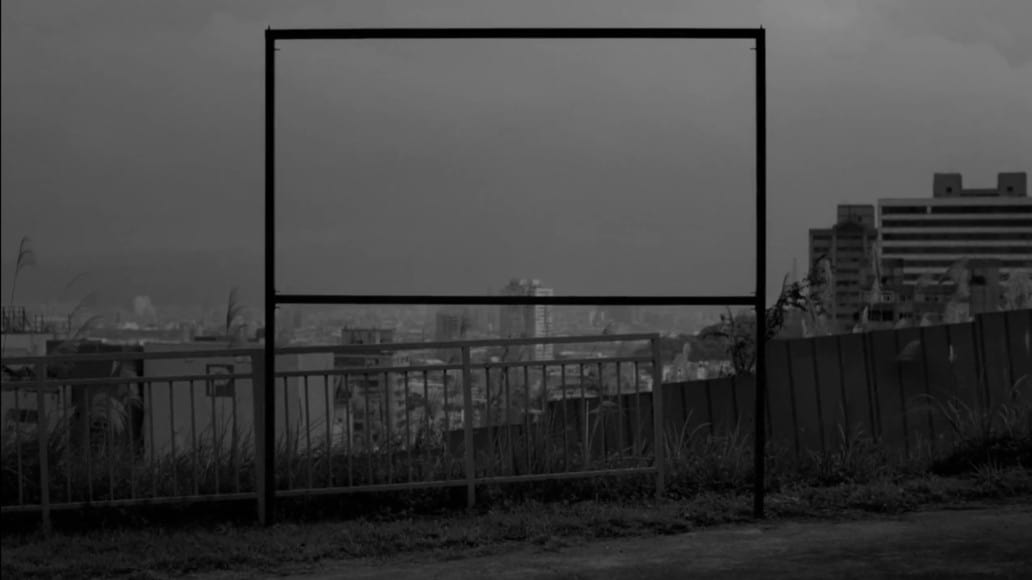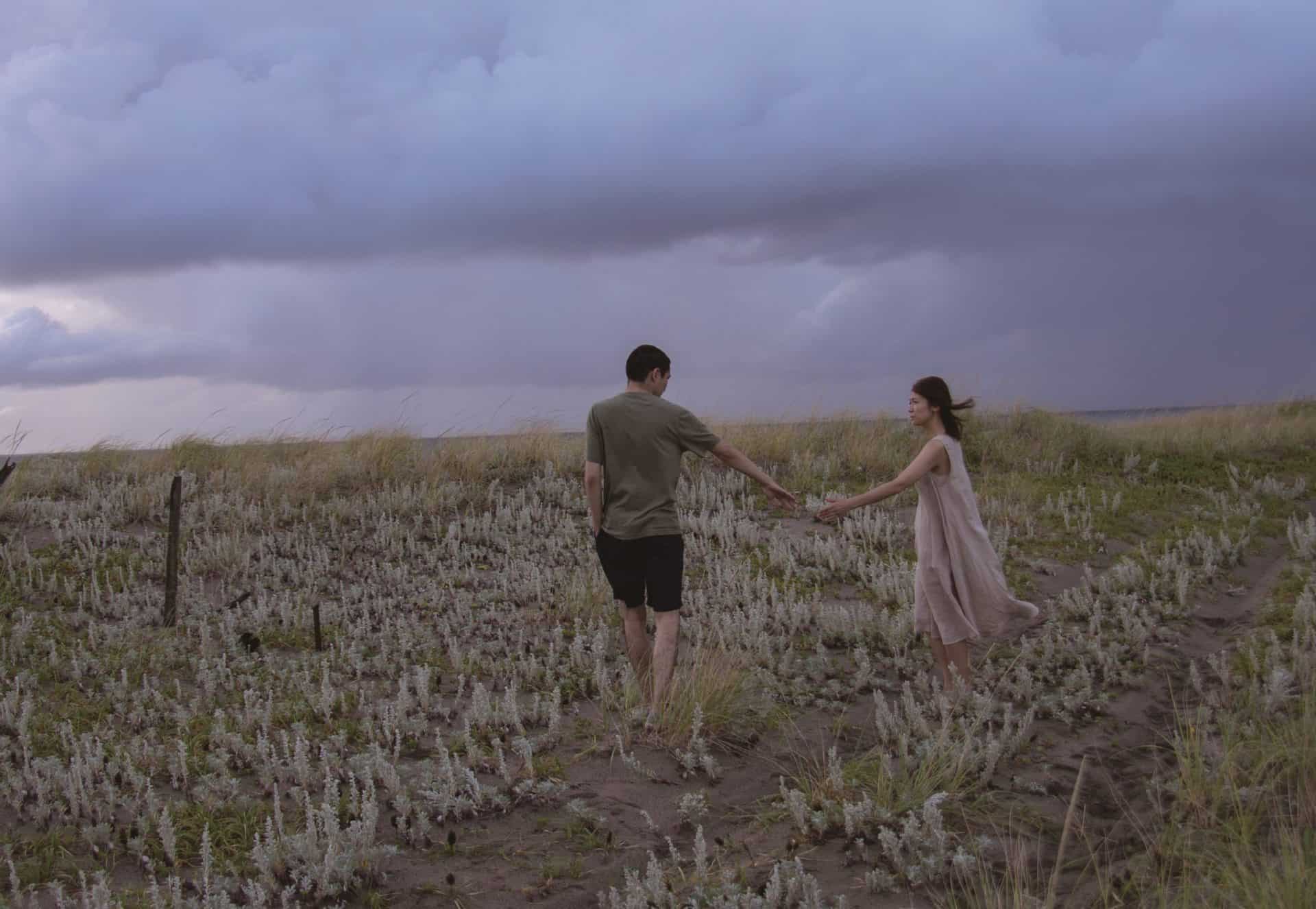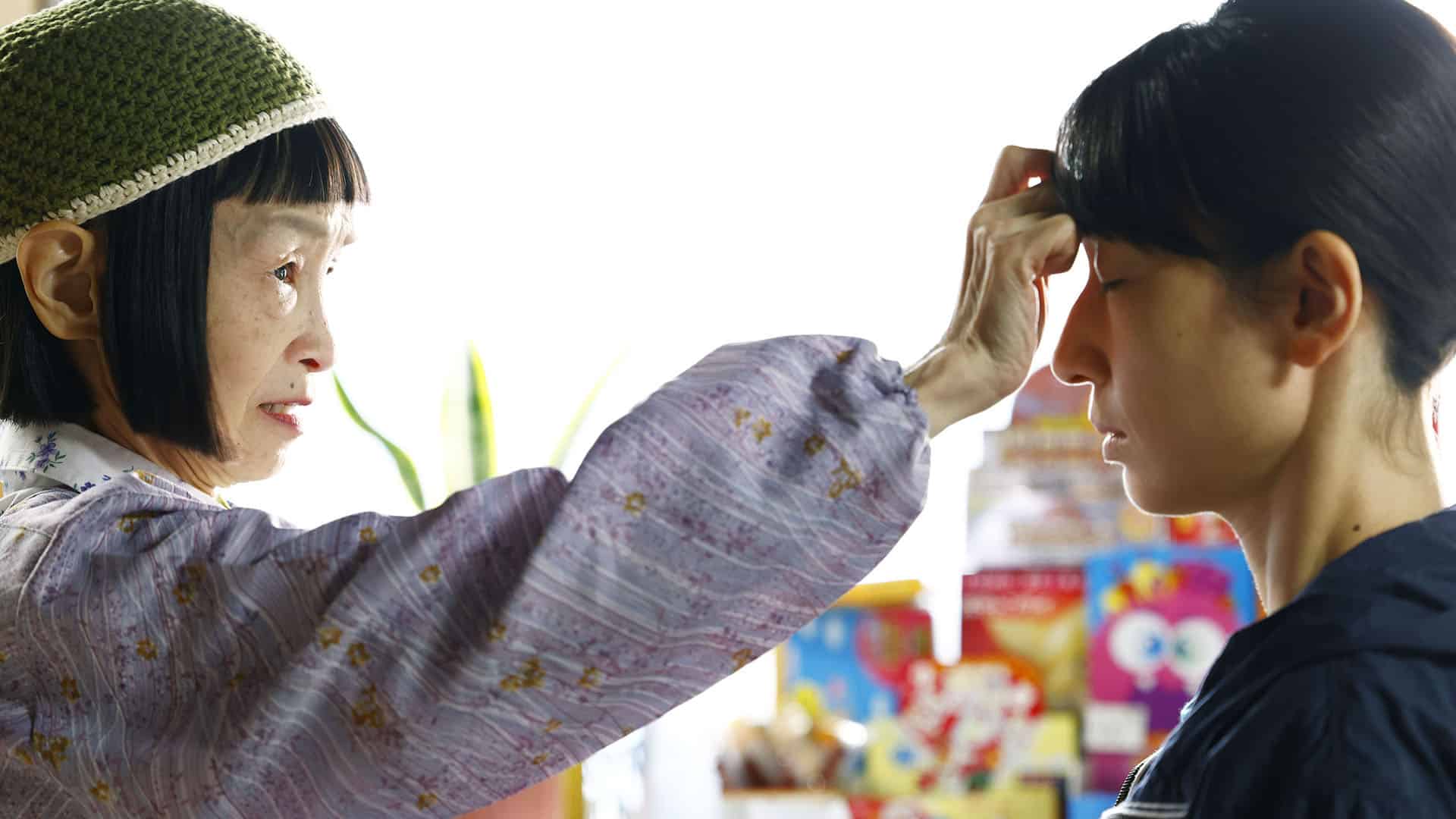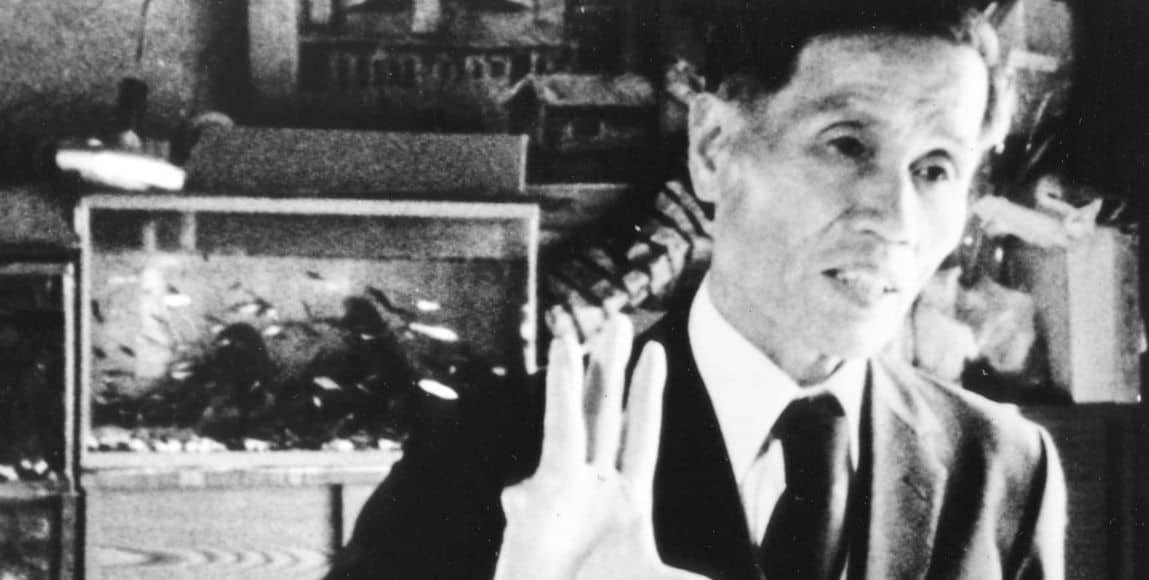“This is a love story, or a vision of the world”, explains a soft spoken voice after a very long (black screen) introduction to Youngjin and Jaeyon – a couple who “with blurred vision or closed eyes, not knowing when or where it can be found, without a plan, search for the paradise.”
“The Waves, The Sand, and Two Lovers in The Middle Of…” is screening at Tallinn Black Nights
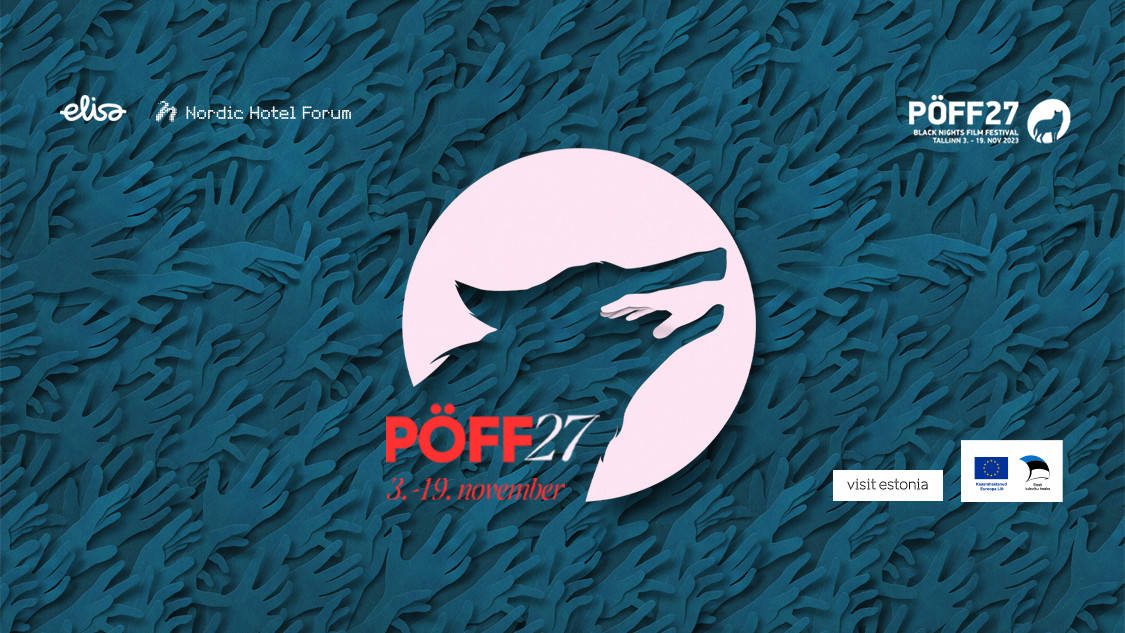
In her experimental sophomore feature film “The Waves, The Sand, and Two Lovers in The Middle Of…” that has just had its world premiere in the Rebels With A Cause competition section of Tallinn Black Nights, Korean helmer Jiyeong Hong tells a tale of lovers, non-beings who fail to meet the expectations of “normativity”. A director who is rooted in arts, partially leans on her dance film project titled “Queer E-motion” which focused on the phenomena of “peaceful sleep” in a place conceived as “home” when an individual doesn't feel integrated into social norms. Inversely, “The Waves, The Sand, and Two Lovers in The Middle Of…” expands its focus on the ‘comfort' of the individuals' present existence.
In search for answers regarding the feeling of otherness, the audience is taken to a 90 minute journey through the world of blurred contours and depixelized reality, over ripples and long, sandy beaches and further away to the ghastly looking concrete skeletons that once housed the living, but are now visited by ghosts carried by sheer longing for a place to call home.
This poetic and yet visually demanding drama is mainly filmed with a 6mm DV camera, with a small part of it being shot in digital-zoom iPhone picture mode, and documentary shots taken by a high-resolution digital camera were degraded for the purpose of distorting reality and creating a state of queerness, also in the purely literal meaning of the word. Contrary to the distorted images, sound is brought to perfection with each scene set to a dirrenet ‘tune' – be it the dulcet tone of the piano solo, or the wheezing, buzzing and humming of the city. This ‘music' is not played in the background, as it is used as an important component of the narrative.
Some scenes are choreographed to illustrate a sense of estrangement, with two the lovers who – hidden behind a white fabric perform gentle dance movements in sync. They appear as ghosts, invisible to the normative world around them.
Hong is using the word ‘failure' to describe a non-heteronormative person's forlorness in a world that is still dominated by the stereotypical understanding of gender and sex.
Bearing in mind a heavy manipulation of the image, especially in times when good resolution is a matter of obsession, and considering the film's loose type of story-telling, “The Waves, The Sand, and Two Lovers in The Middle Of…” will likely stay bound to festivals more open (or dedicated) to experimental cinema.



